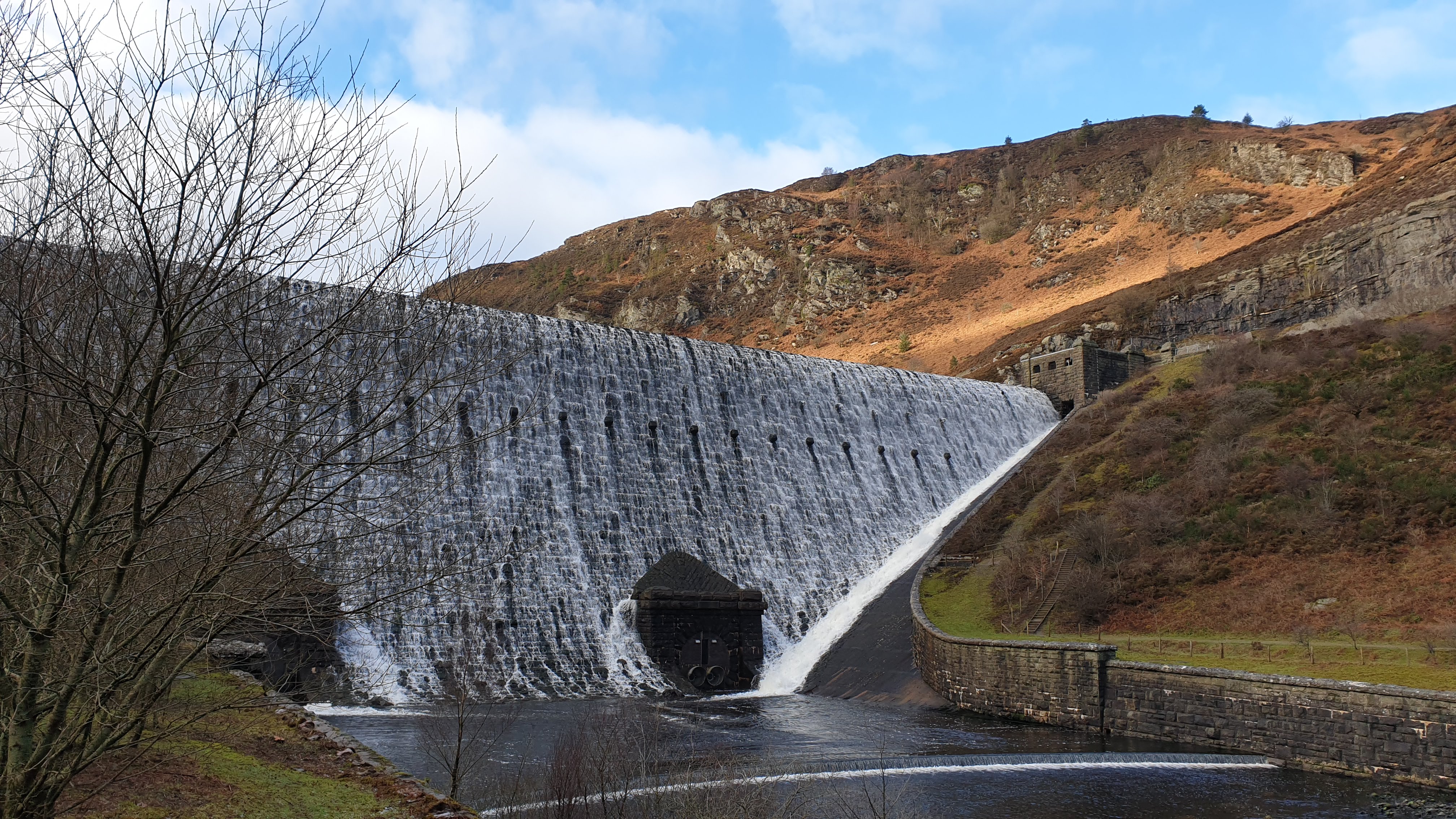European rivers are more fragmented than expected

Caban Coch Dam, Elan Valley, Wales. Photo courtesy of SaraBarrento
A new paper published in Nature highlights the extent of river fragmentation in Europe due to river barriers, showing its widespread impact and offering solutions to overcome this issue
Europe has probably some of the most fragmented rivers in the world: this is one of the main outcomes of a new study published in Nature, whose focus is on the barriers (dams, weirs, sluices and so on) that, at different level, affect and modify the river free flow. This study stems from AMBER (Adaptive Management of Barriers in European Rivers), a large collaborative Horizon 2020 project coordinated by Swansea University, to which also Dr. Simone Bizzi (previously part of the Environmental Intelligence Lab at Politecnico di Milano and now Assistant Professor at Department of Geosciences, University of Padova) collaborates.
According to the study, which combines available databases and barrier distribution modelling, at least 1.2 million instream barriers can be found over 36 European countries (thus resulting in around 0.74 barrier per kilometre of river length) and around 68% of these structures are less than 2 metres in height. “The widespread impacts caused by small barriers have been likely underestimated in the past and this research provides a first pan-European evidence to this argument, calling for a paradigm shift in future river restoration plans in Europe” says Dr. Simone Bizzi.
Moreover, this study led to the first comprehensive pan-European barrier inventory, the AMBER Barrier Atlas, which comprises around 630,000 freely available and downloadable records consisting of country, river name, geographical coordinates, height and database source of the already existing barriers. Although far from being complete, this atlas provides a first tool to deepen the knowledge on river fragmentation and may influence the future of European river management, as underlined by Carlos de Garcia de Leaniz, Professor of Aquatic Biosciences at the Swansea University andAMBER’s coordinator. As a matter of fact, Professor de Garcia de Leaniz recalls how “these results will feed directly into the new EU Biodiversity Strategy and will help to reconnect at least 25,000 km of Europe’s rivers by 2030, as many barriers are obsolete and removing them provides unprecedented opportunities for restoration”.
The press release is available here (in Italian): https://www.unipd.it/sites/unipd.it/files/20201217ggg.pdf





